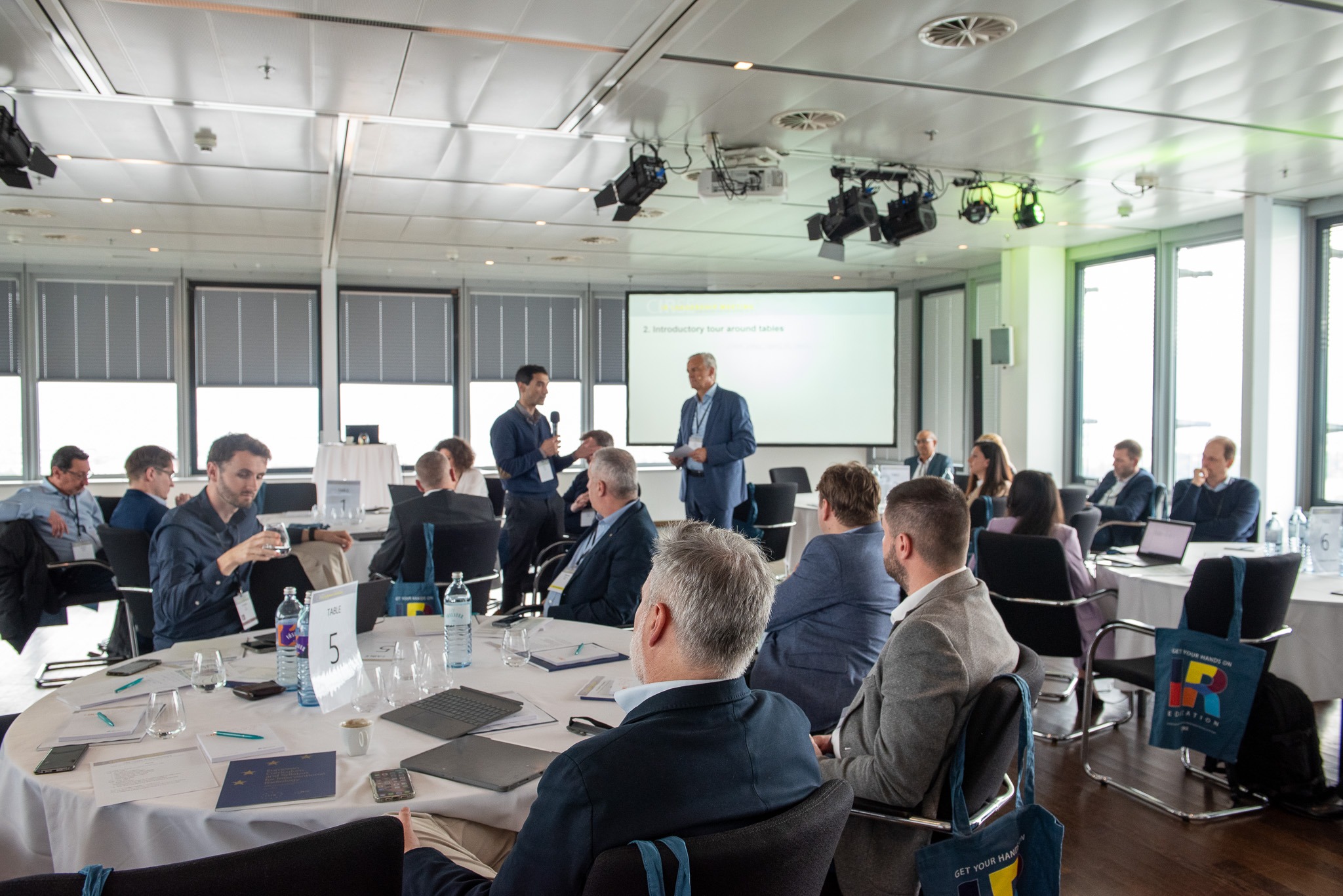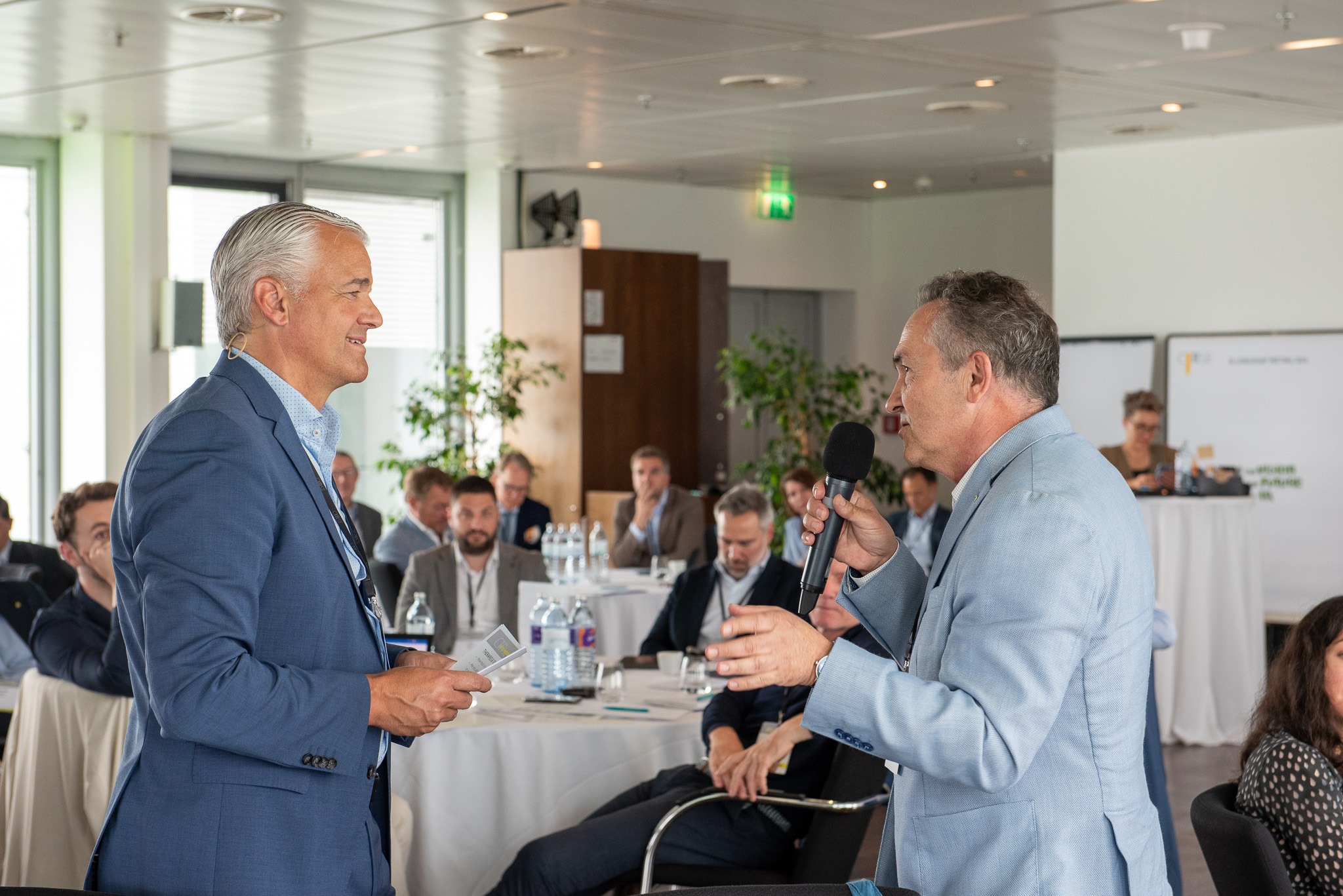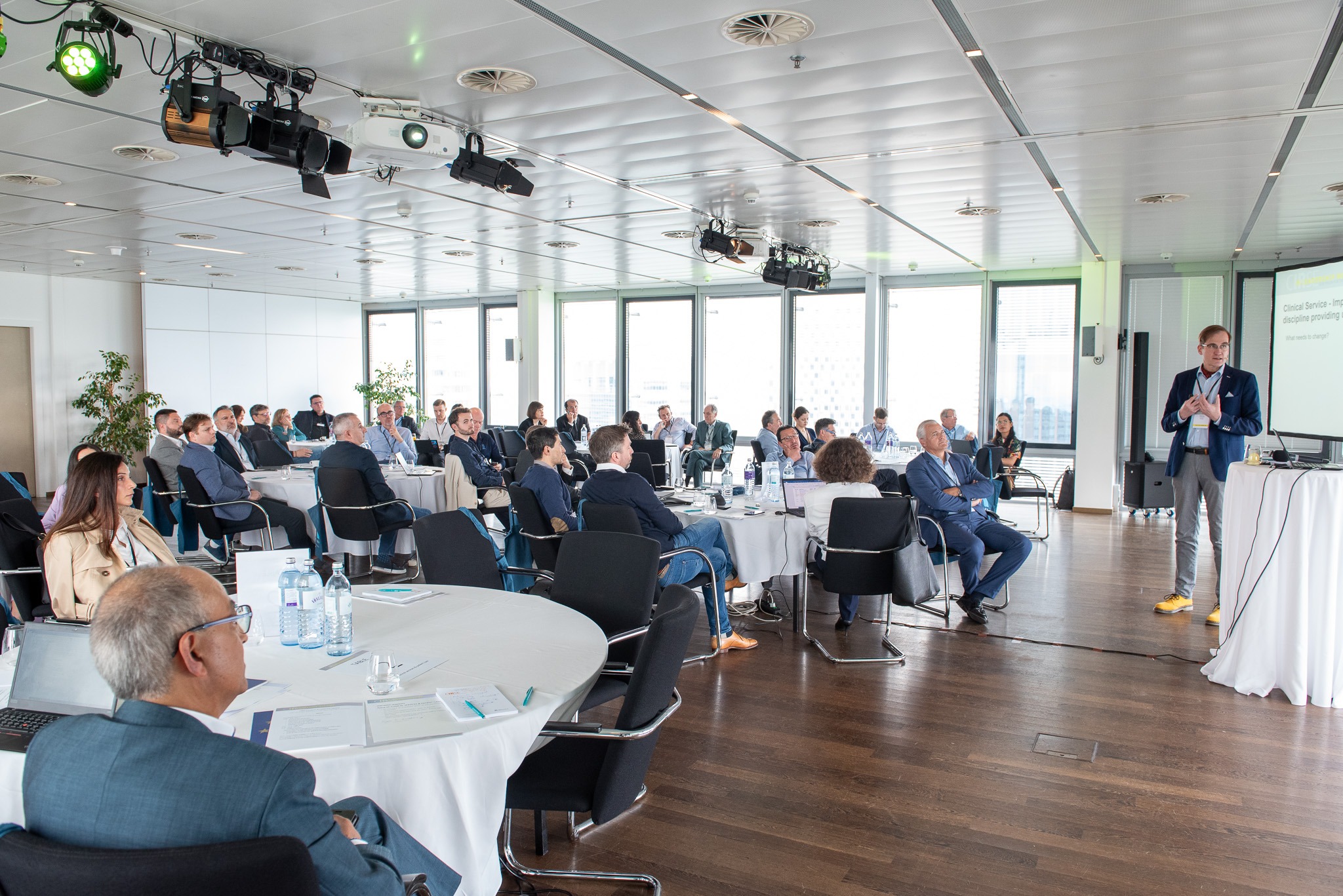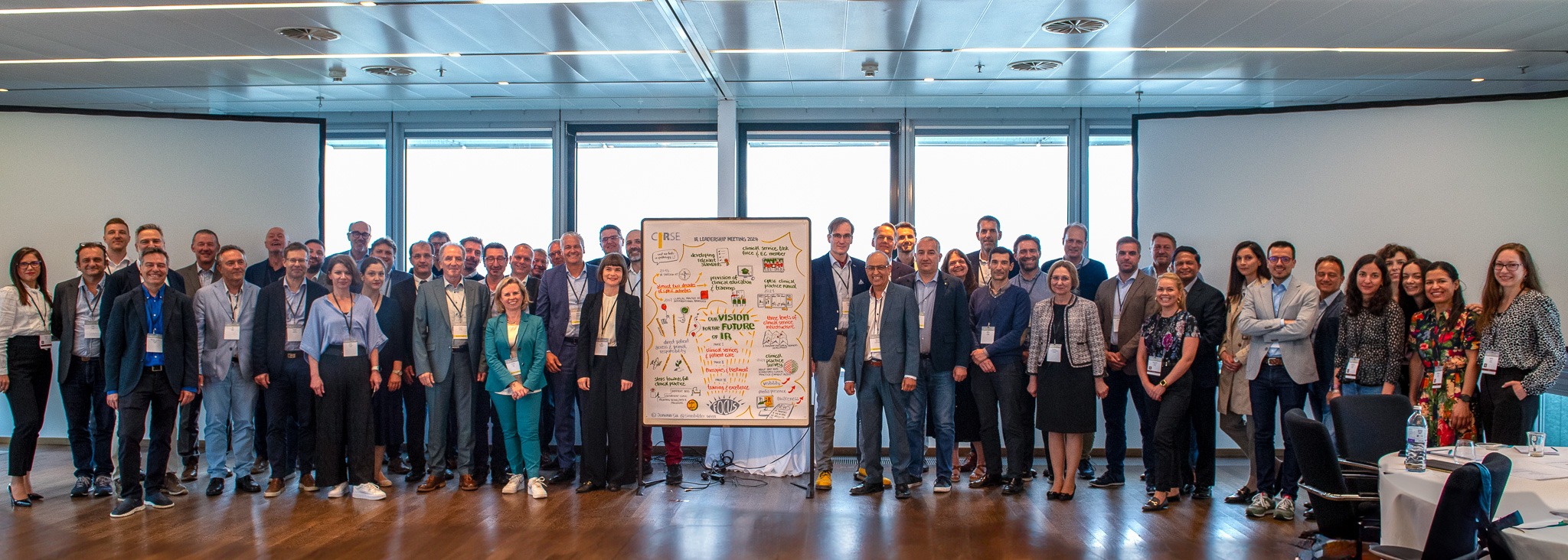While visions sometimes run the risk of remaining without real follow-up, CIRSE has been very busy implementing the focus on clinical services and patient care over the past year. The first step was the establishment of the Clinical Services in IR Task Force. Prof. Andreas Mahnken, chairperson of this task force and CIRSE’s coordinator of clinical services in IR, joined Prof. Binkert to share what progress has been made so far on this topic.
CIRSE understands clinical services in IR to include patient-centred delivery of care, covering the entire patient pathway from the IR procedure and the care beyond. Direct patient access is a prerequisite for delivering a high level of clinical service, and this is where the visibility of IR is still a great challenge.
CIRSE’s first clinical practice document, “Clinical Practice in Interventional Radiology”, was published in 2007; since then, the society has produced multiple standards of practice documents on the topic, supported the creation of a UEMS IR division, and offered clinical education and training via the CIRSE Library. In 2021, CIRSE’s Clinical Practice Manual offered a long-term vision for clinical practice in IR. Following the publication of the manual, the Clinical Services in IR Task Force conducted a member survey to assess the current issues and needs of the community.
The task force is now at work using the results of the survey to develop projects that would best serve the community. A major focus of the task force’s work is to provide educational materials that should support IRs in getting their clinical practice up and running, as many IRs still feel uneasy about activities such as ward rounds. The educational toolbox put together by the task force is available on the CIRSE website and covers a webinar, dedicated congress sessions, relevant literature and micro-education videos. A CIRSE Academy course will be published later this year. At CIRSE 2024, a hot topic symposium and several sessions will be dedicated to this topic.




